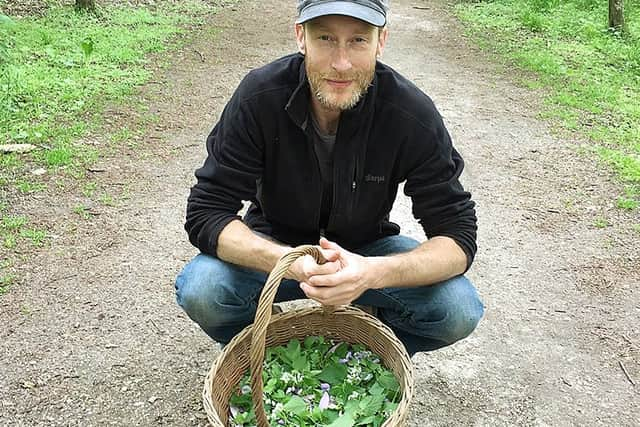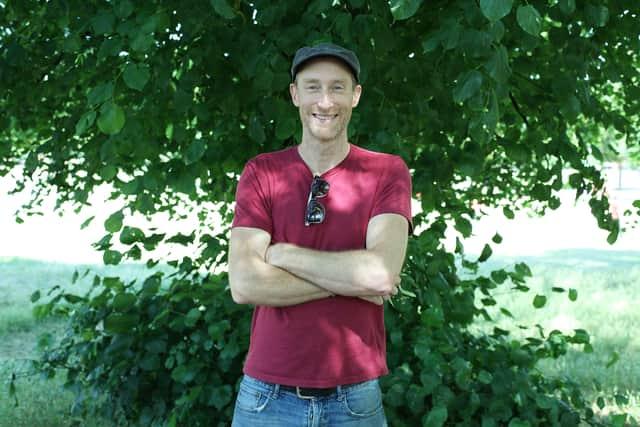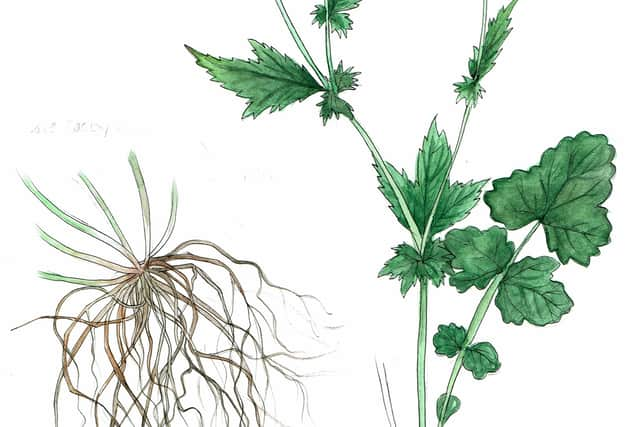Interview: Forage London founder John Rensten’s tips for finding wild ingredients in the city
This article contains affiliate links. We may earn a small commission on items purchased through this article, but that does not affect our editorial judgement.
and live on Freeview channel 276
For most Londoners the idea of being able to forage wild ingredients in our built up polluted city may seem ludicrous.
But according to Forage London founder John Rensten, the city is “overwhelmed” with interesting urban green spaces for people to hunt for edible plants.
Advertisement
Hide AdAdvertisement
Hide AdRensten also opened a successful gastro pub in Clerkenwell in 2004, called The Green, where its menu included wild ingredients.
Although he now lives in Dorset, with his family, he still runs and organises numerous urban foraging events and wild food walks in the city.
Rensten shared some foraging for beginners tips with LondonWorld and some of his favourite spots to collect wild ingredients in the city.
Advertisement
Hide AdAdvertisement
Hide Ad

Starting with mushroom hunting
“When I first became interested in foraging, I started with mushroom hunting,” Rensten explained.
“A lot of people learn about foraging the other way around and start off looking at plants before feeling brave enough to move onto mushrooms.
“I know some extremely experienced foragers and botanists who are terrified of identifying fungi, whereas I started the other way around.”
Rensten said he started foraging out of the city in Hampshire and Dorset, but then he ventured closer to home and started hunting for wild ingredients in Clissold Park, Stoke Newington.
Advertisement
Hide AdAdvertisement
Hide AdThere he discovered 175 different species of edible plants and from there he decided to set up Forage London.


“On a spring walk in my local park I could easily find lemon balm, spearmint, primrose, white nettle, poppy and yarrow growing at my feet, while above me were avenues of mulberry, hazel, elder, linden, cherry plum and hawthorn trees,” he said.
“I started Forage London ten years ago by advertising walks in Clissold Park in Stoke Newington for 12 people each and they were full.
“It took off from there.”
Rensten then expanded his radius and started organising foraging events in Burgess Park in Walworth and Ravenscourt Park in Hammersmith and Fulham.
Advertisement
Hide AdAdvertisement
Hide Ad“It became really apparent to me that London is overwhelmed with interesting urban green spaces for people to go foraging in,” he said.
Foraging tips for beginners
Rensten advises Londoners looking to get into foraging to start with their local park.
The next step is to invest in a good guide book and then book onto a guided foraging walk.
He also says it’s important to use what you already know.
“Even if you’re a completely novice forager you should be able to identify dandelions, crab apples, stinging nettles,” Rensten explained.
Advertisement
Hide AdAdvertisement
Hide Ad“Your sense of smell can lead you to wild garlic, there’s a lot of plants that you can already identify.”
Another tip is to try learning about a new plant and its properties every month.
“For example the dandelion has edible flowers that you can make vinegars, syrups and dandelion flower wine with.
“If you collect young dandelion leaves, you can use those as a salad ingredient.
Advertisement
Hide AdAdvertisement
Hide Ad“And if you’ve got permission from the landowner you can dig up dandelion roots and you can roast it as a vegetable or even make coffee from it.
“Wood avens is another plant that grows everywhere.
“What’s interesting about it is that the upper parts of the plant aren’t really edible but the bottom part of the plant has got a root that contains eugenol which is the same thing that you get in cloves.


“It smells and tastes like cloves, it’s a brilliant drink ingredient, you can put it in neat alcohol for a few days and make a clove tincture.”
To learn more about urban foraging and to find out about different events in the city you can visit Forage London’s website.
Advertisement
Hide AdAdvertisement
Hide AdRensten’s book “The Edible City: A Year of Wild Food” is also available to buy online and can be found in various libraries across London.
Rensten has been working with the non-alcoholic spirits brand Seedlip on a range of cocktail recipes which can be made using wild ingredients.
Comment Guidelines
National World encourages reader discussion on our stories. User feedback, insights and back-and-forth exchanges add a rich layer of context to reporting. Please review our Community Guidelines before commenting.
